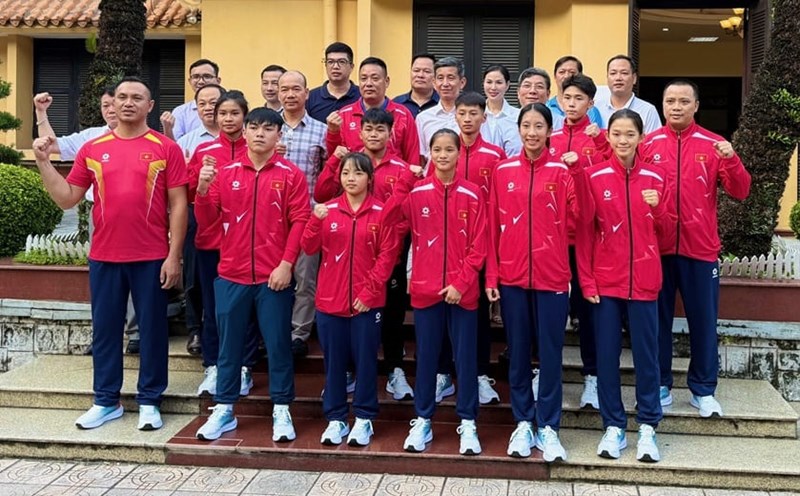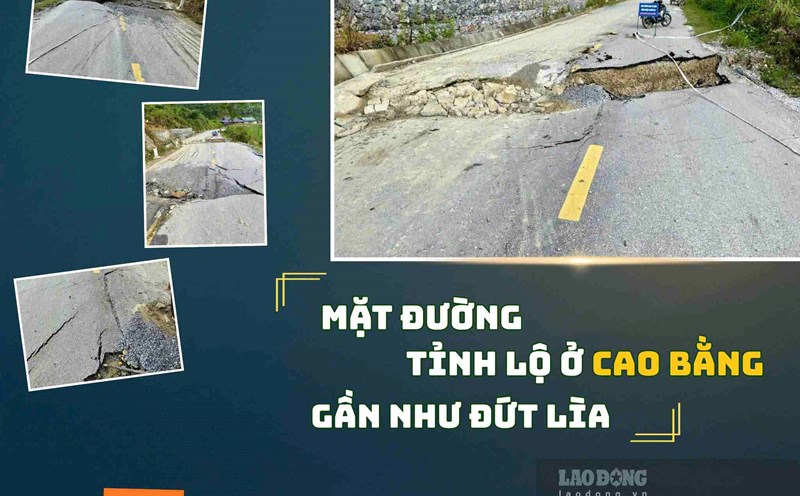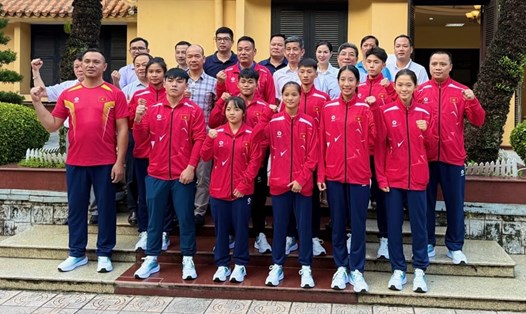The 8th ASEAN Ministers' Meeting on Sports (AMMS 8) recently agreed on an important message: Sports are not only a tool to improve health and connect the community, but must become one of the development pillars of Southeast Asia. An ambitious orientation, at the same time, is a test for the governance capacity, vision and cooperative spirit of the whole region.
In fact, Southeast Asia has many advantages to set goals for this ambition. From the young population, a great love for sports, having a common Sports Festival, strong cultural and tourism attraction to an increasingly high position on the world economic map. But there is still a big gap between potential and reality. Vietnamese sports in particular and Southeast Asia in general still lack models to create a sustainable economy, lack an ecosystem that connects education, businesses, tourism and technology. Some countries still see sports as a budget-consuming activity, rather than an industry that can create jobs, attract investment and promote its image.
Therefore, to truly make sports one of the pillars of development, ASEAN first needs a common strategy on the "sports economy". That is, not only organizing tournaments, but developing a value chain around it, suitable and flexible in the new era.
Here, sports cannot develop independently but need the combination, investment, and exploitation of domestic resources - the great potential of Southeast Asia, to external resources - cooperation with countries, regions, and strong economic groups in the world.
Of course, a strong change in thinking is needed. In each country, sports must become one of the pillars to be strong enough, contributing to creating a pillar of the region. They will no longer be opponents but become partners to guide each other forward. Because the strength of the region is not the number of medals won, but whether sports really help people live better, the economy is more dynamic and the community is more connected.












